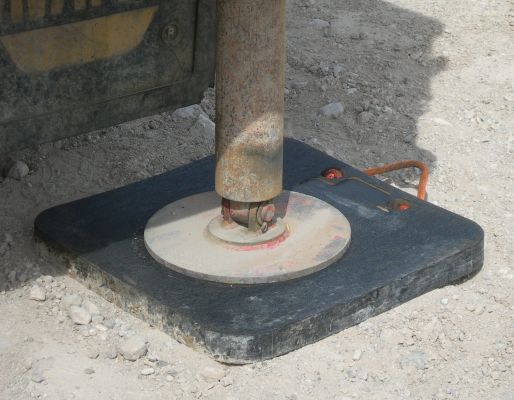
When outriggers were first introduced, they were used when the capacities for lifting on rubber were exceeded. With the advances in technology, design, and multiple outrigger configurations lifting on outriggers is the norm and lifting on rubber is the exception today. Lifting on outriggers increases the crane's leverage - allowing us to lift heavier loads - and provides greater stability especially with the boom lengths achievable on today’s equipment. A proper set-up at the lift site will provide the stable base required for a safe lift.
It goes without saying that correct set-up would follow the written procedures found in the documentation provided by the manufacturer of equipment. The environment at the lift site, including sufficient area to deploy outriggers and available ground support, play an important role in establishing a stable base. Also, it is critical that the load chart utilized matches the cranes’ current configuration.
Today’s cranes exert enormous pressures on the surface under the outrigger floats. As an example, a sixty (60)-ton Rough Terrain Crane can have a maximum outrigger load in excess of 90,000 lbs. Outrigger floats are designed for ease of handling rather than support, therefore proper blocking under the outrigger floats is required. Proper blocking should have no defects, be strong enough to support without crushing, and be long enough and wide enough to prevent toppling. The surface area of the blocking should be determined by a qualified geotechnical engineer, and based on ground capacities and pressures being applied by the crane in the worst case scenario for the configuration the crane will be working in. Also, the float is required to be securely attached to the outrigger jack.
The crane should be set up on a stable base in accordance with the manufacturers procedures, with sufficient blocking and level within one percent of grade. Using the correct load/capacity chart for the current configuration and making all movements smooth and even is also important. There are other considerations to be addressed during the lift. However, proper set-up is the first step in insuring a safe, successful lift. Each day and each job should start with safety as the first priority.
Author: Joe Crispell, Executive VP, NACB Group, Inc.
Photo: courtesy of Atlantic Drilling Supply